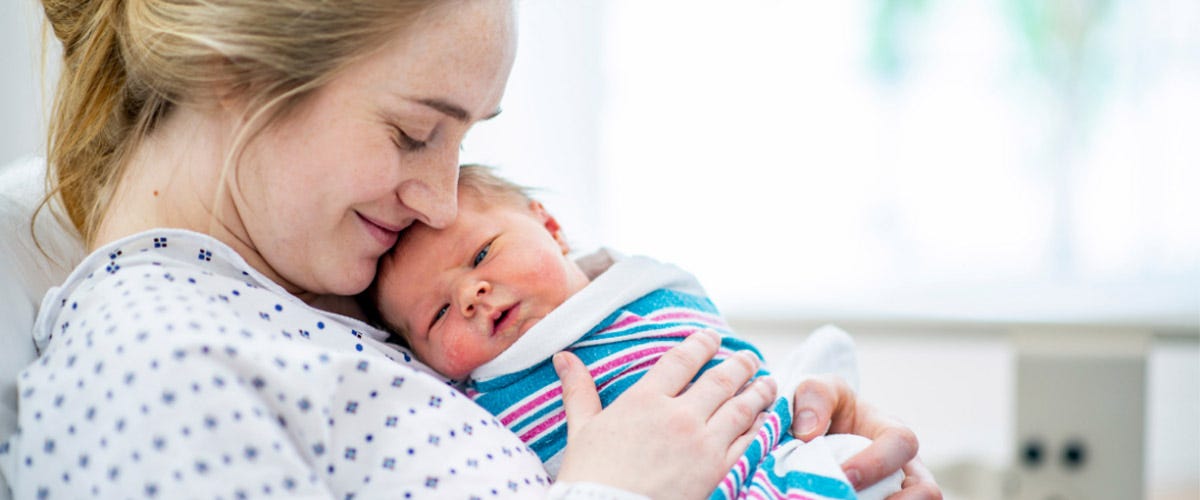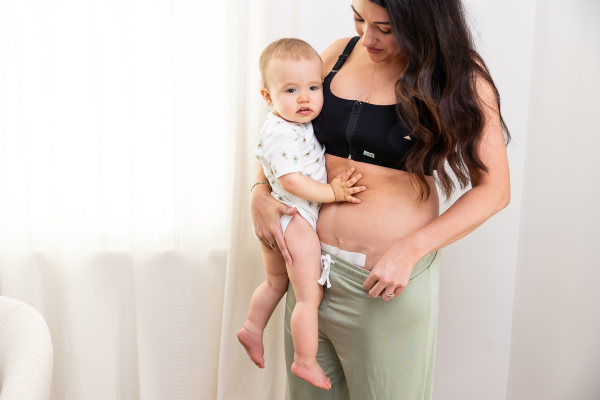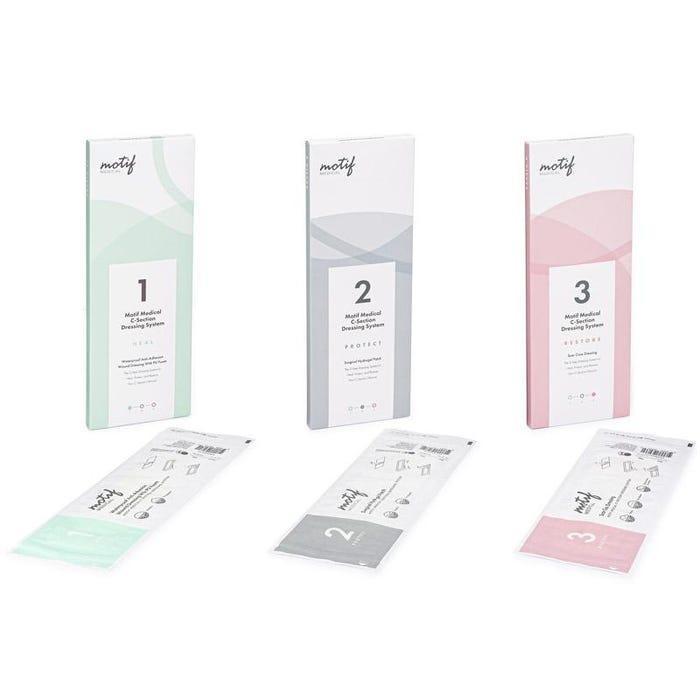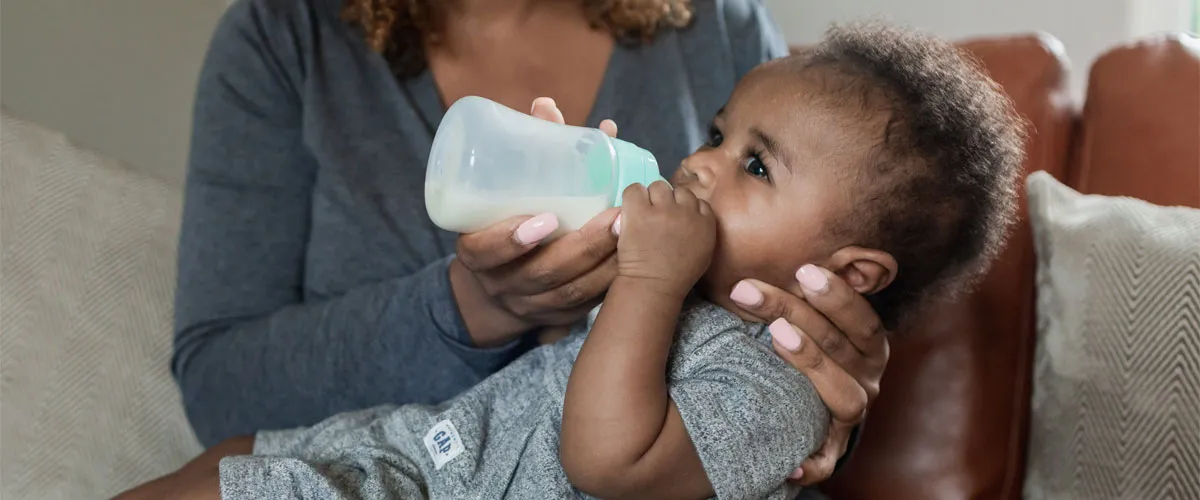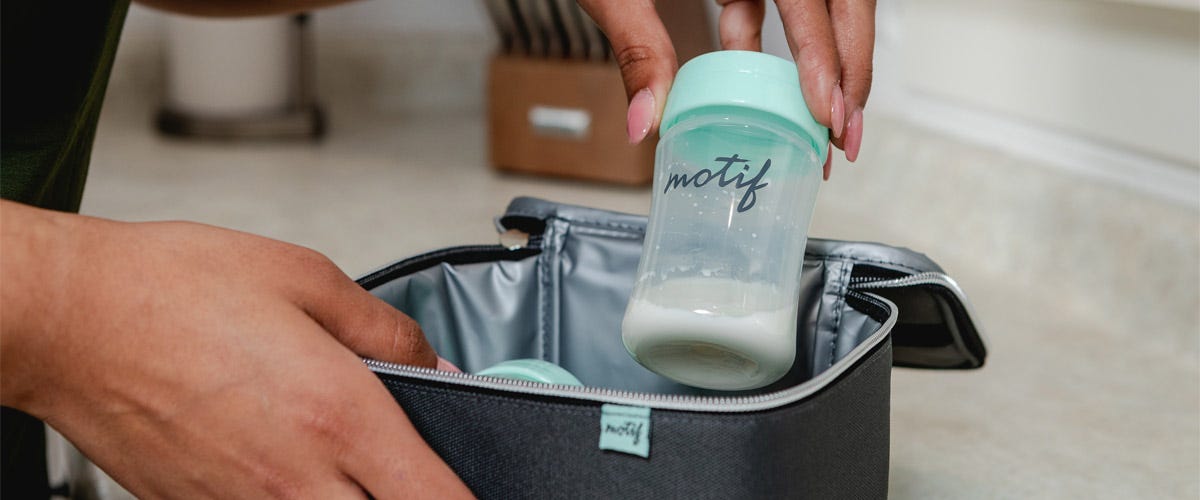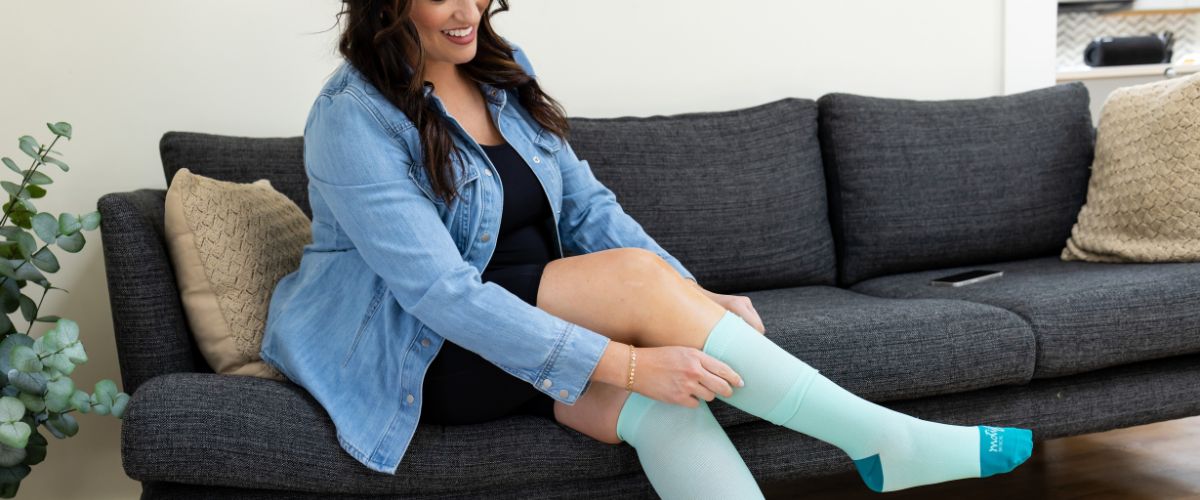Before You Leave the Hospital
Every expectant parent wants the very best for their baby, and sometimes the very best way for a baby to be born is by cesarean section. When your baby's birth is a cesarean delivery, the postpartum period and healing process can be even more challenging, primarily because you're recovering from a major surgery, but also because you may need to take time to grieve the loss of what you'd hoped your birth would be like. Whether you had a planned Caesarean section or an emergency c-section, I hope that when you look at your c-section scar, it will be a reminder of your miracle baby, who grew inside you and was birthed by your body.
Before you leave the hospital, make sure you ask your health care provider what they used to close your incision: staples, sutures (dissolvable stitches), or glue. Most doctors have a personal preference on which they use, but it's good information for you to know both now and in the future, especially if you hope to have a VBAC or vaginal delivery someday. Regardless of the type of closing, whether you had a horizontal incision or vertical incision, most c-section wounds heal in about 6 to 8 weeks.
For the first few weeks, your incision will be red and tender, but eventually the scar tissue will flatten out and turn white. Your doctor or nurse should give you instructions on how to best care for your c-section incision, so make sure you write down their directions and ask any questions that come to mind.
C-Section Incision Care Tips
You will be the most sore and your incision will be the most tender in the first couple of days after birth. Your incision will likely stay sore for 2 to 3 weeks, but it should feel better every day. Some people take pain medications for the first couple of weeks to help them stay comfortable. In general, this is how you can best care for your incision:
- Don't scrub your incision site. Let warm water run over it in the shower and clean the area around it with mild soap and water.
-
If steri-strips were used on your incision, don't take them off. Pat dry after a shower. They will fall off on their own in about a week.
-
Change your bandage if it gets wet or dirty, or at least once a day.
-
Don't take a bath, sit in a hot tub, or go swimming until your provider say it is ok.
-
Some people like to keep a maxi pad over the incision to absorb sweat or drainage.
C-Section Scar Care
About 6 to 8 weeks after your baby is born, your incision should be healed and you'll want to start massaging your c-section scar. You can use aloe vera gel or Vitamin E oil and massage the incision site as well as the area around it. Massaging the area will help the scar tissue form in the right direction and keep it from adhering to surrounding fascia and tissue. To massage, you'll want to start by gently pressing on the area around your incision and moving your fingers in a circular pattern. Only press as much as is comfortable.
Follow this with horizontal and vertical massaging movements. As the skin and fascia of your abdomen become more mobile and less tender, you can also start massaging directly on your c-section scar. When you first start massaging, you may find that some areas around your incision are numb and while this is normal after a cesarean birth, many people find they regain feeling around their scar with regular massage.
Ultimately, the steps to relactation are meant to get you to a sustainable place, where feedings or pumping sessions can align with the rest of your lifestyle. For instance, an exclusively breastfed baby feeds every 2-3 hours, occasionally more frequently and with requests to pacify which further stimulates milk production. However with relactation, frequency takes on a new meaning, as stimulation needs to be just as often as the newborn feeding frequencies, regardless of whether or not milk is expressed or not. It can take up to a week to see expression for those whose gap was for a week two, and it can be longer for those whose gap was longer.
A baby may prefer to breastfeed when they are not desperately hungry or at certain times of day. You want the baby to enjoy being at the breast, so anything you can do to avoid making breastfeeding a battle ground will be useful. It’s better not to force the baby into a breastfeeding position but to enjoy time skin-to-skin contact and present opportunities gently.
You may need to use encouragement when bringing them to the breast. If you have any milk flow yet, you can hand express some drops of milk into baby’s mouth, or you might pump for a moment to get the flow of milk started.
Pumps and hand expression are great ways to build and replenish supply as they can be used regardless of how well baby can stimulate and feed. A baby’s stimulation is preferred and the body is typically more reactive, however, the frequency and ability of a baby is not always part of the equation. These are tools to get the job done in a controlled way so that when you practice later with baby, you can focus solely on them. It can also be a great priming of the nipples to help baby attach if they’re struggling!llit anim id est laborum.
Motif Medical's C-Section Dressing System
You may want to incorporate Motif Medical's C-Section Dressing System into your post-operative recovery plan. This dressing system is hypoallergenic, anti-adhesive, and has three steps to help ensure healthy healing of your uterine incision and minimal scarring to your lower abdomen.
Step One: Heal
The first step is Motif's Waterproof, Anti-adhesion wound dressing. This dressing is intended to be worn during the initial healing phase, when white blood cells collect around the incision. The dressing is hypoallergenic, anti-adhesive, and comfortable so your incision will be protected from moisture and bacteria.
- Ideally worn for 10 to 14 days after delivery or until the incision is no longer open
- Maintains a moist environment to encourage skin regrowth
- High breathability reduces inflammation to shorten the healing process
- Provides absorption to reduce risk of infection
- Anti-adhesive properties prevent damage to the skin when changing dressings
- Change dressing once per day
Step Two: Protect
Once the skin cells have filled in at your incision, you can move to the second step: the hydrogel patch. This dressing will be worn over the next 3 to 4 weeks when collagen is gathering at the wound to heal the edges together. If there is a lot of pulling on your incision during this time, it can make the scar wider and thicker.
- For use after Step 1, about 2 to 4 weeks after delivery
- Reduces damage to the outer layer of skin
- Provides tension around the incision to keep the the wound stable during the healing process
- Stabilization of the skin of the lower abdomen prevents increased inflammation
- Stretches naturally with skin and body movements
- Helpful to use once you are moving around again: going for walks, doing light housework, etc.
- Change dressing once per week
Step Three: Restore
Six to eight weeks after delivery your incision will be healed and your body will only be strengthening the incision scar as needed. Wearing Motif's Scar Care Dressing for the next 4 to 5 months will support the area as you get back to your everyday life. Scar tissue can become thick and adhere to surrounding tissues and organs, but providing an ideal healing environment can help prevent scar complications, such as keloid and hypertrophic scars.
- For use after Step 2, about two months after delivery and intended to be worn for 4 to 5 months
- Provides downward pressure to smooth collagen prevent scar hyperplasia
- Moisturizes to reduce and soften scar tissue
- Stabilizes the skin as you resume normal activities: driving, exercising, lifting heavy objects.
- Change dressing at least once per week.
There's no getting around it, a cesarean birth is major surgery. As you are recovering, make sure you watch for any signs of infection, which include increasing pain, redness or swelling around the incision, smelly discharge or pus, or having a fever over 100.4F. Always keep your follow-up appointments with your healthcare provider and get in touch with them if you have any questions or concerns.
Information provided in blogs should not be used as a substitute for medical care or consultation.


